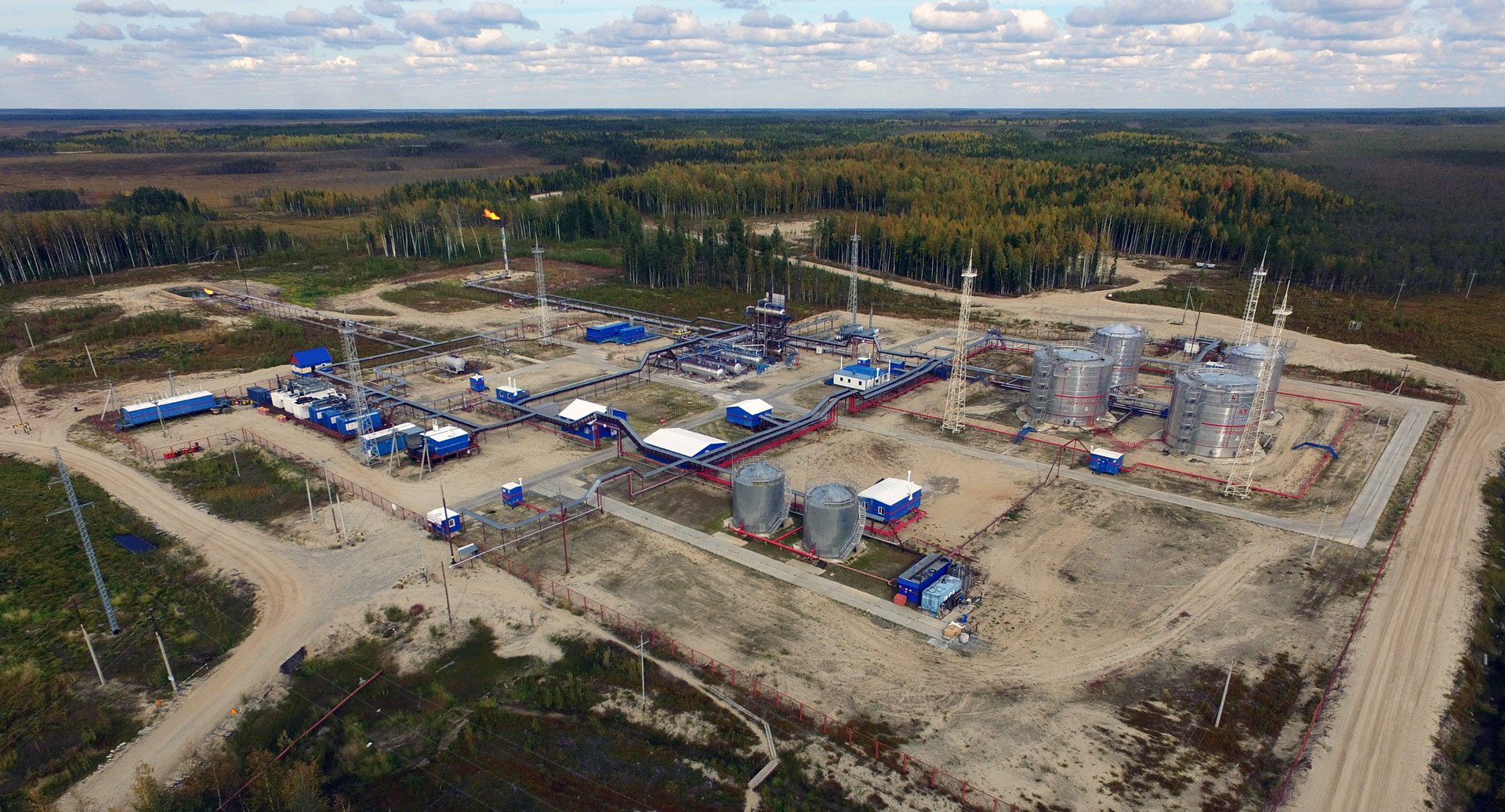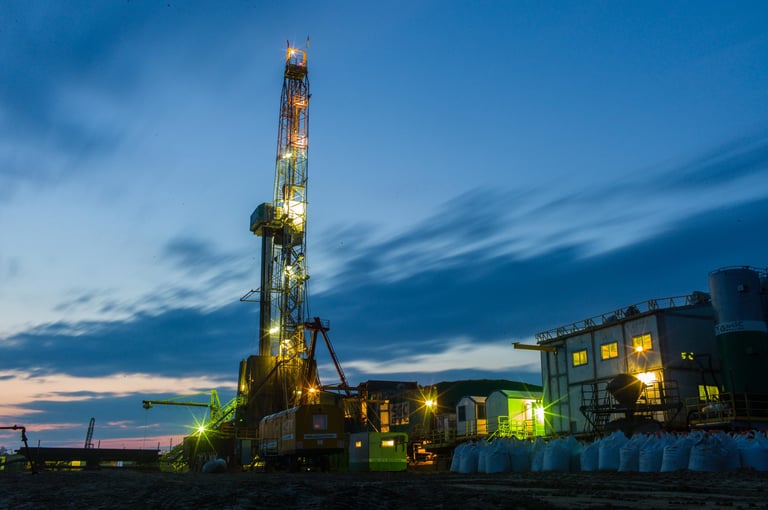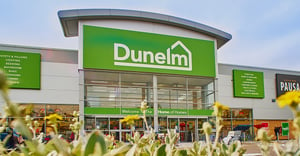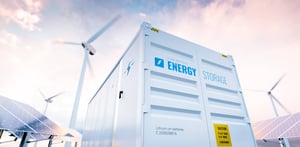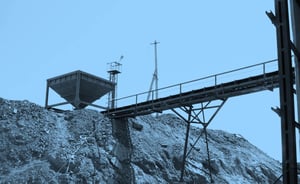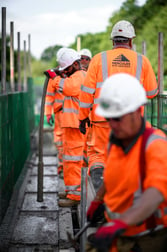PetroNeft Resources plc (LON:PTR) Chief Executive Officer David Sturt caught up with DirectorsTalk for an exclusive interview to discuss the potential acquisition of a further 40% of licence 67, more about the deal, licence 61, the loan extension and news flow going forward.
Q1: David, PetroNeft Resources currently own 50% of licences 61 and 67 operating in the Tomsk Oblast region in the Russian Federation and today you’ve announced a potential acquisition of an additional 40% of licence 67. Firstly, can you just tell us a bit more about the asset?
A1: Licence 67 really does have all the things going for it in three main areas to focus on.
Firstly, it’s in what we call the right postal address and what I mean by that is it’s surrounded by significant oil field production from major companies so they’re adjacent to the licence. Obviously, if you want to be looking for oil, it’s always a good place to look amongst large fields.
Secondly, and I think it’s crucially important in the West Siberian region, is good infrastructure links. We have all-season roads crossing the licence, we have electricity cables going through it as part of the national grid and we have pipeline networks. That’s crucial because of two things, first it means we can get into and out of the licence all year round because commonly in a lot of Siberian areas you can only get in when you have winter roads so we can get in all year road. Secondly, because we have good transportation links into the licence, it means your actual operational costs are lower in a more remote region. So, you can transport in personnel, equipment and we can crucially get our oil transported out at lower costs so it results in lower opex charges over.
Finally, and crucially, the licence is high prospective. We have already two fields which are not currently producing, the Cheremshanskoye field and Ledovoye field, and they’ve had wells drilled on them and have encountered oil in both wells . On the Cheremshanskoye field, we actually did an extended well test of a well we drilled in 2018 and we did that test Q1 last year and we produced oil to surface which flowed naturally at up to 496 barrels of oil a day which is a very good flow rate. Importantly, we managed to sell that oil at market rates which generated very good economic numbers so it ticks all the boxes from an asset perspective.
I think crucially in this deal, it’s at the juncture where you transfer from being an exploration asset which is not revenue-generating to a production asset which is generating cash flow and we anticipate starting the oil production from as early as next month.
Q2: Can you explain more about the deal and why Alastair is selling after just one year?
A2: Just to put some historical perspective on this, Arawak Energy was owned by Vitol which is a massive oil trading house and they have been a good partner in the past to Arawak but they made a strategic decision way back, I believe as early as 2016/2017, to start exiting exploration, particularly in this region. That presented a challenge to PTR because the more work we did on the licence the more we liked it but we had a partner who was not wanting to invest anymore money in it.
Inside the company, Alastair, who was actually the CEO of Arawak, which was owned by Vitol, he was also getting increasingly frustrated by the inability to take this asset forward under Vitol so he eventually led essentially what was a management buy-out through his company Saram Energy.
We’ve obviously been talking to Alastair a lot and his company and we see great, what I would say, similar views on the prospectivity of this asset and similar views on how we want to take this forward. So, we’ve structured the deal which is beneficial to both parties but crucially aligns the success of both parties with the success of PTR so it’s not really Alastair selling out or Saram Energy essentially selling out to our company, what it’s doing is aligning the two companies very closely together. Saram Energy and the majority shareholder, Alastair, will essentially becoming a further significant shareholder in PTR, he already has some shareholdings in the company today already.
So, it’s basically getting the two companies aligned to the greatest success of PTR with an equal vision of how to take it forward to generate value.
Q3: When we last spoke, we discussed licence 61 and the success that you’d had there. Where does the focus lie now going forward?
A3: Some people may read this as a refocussing away from licence 61 to licence 67 which is not the case at all. We’re interested in generating value across our portfolio and I think when you look at the results from 61 up to now, that’s borne out.
When the new management team came in, we focussed a lot on data gathering and gaining a much better technical operational understanding of our assets, at the time our production was declining 20%-25% a year and we had some technical uncertainties.
So, what we’ve done over the last year to year and a half is we’ve improved the technical team in Tomsk, we’ve brought in some new people, changed out others but crucially having people now working on the assets who have worked on similar assets in adjacent fields for larger companies. That has resulted in us turning around this perennial production decline and most of our fields are now actually increasing production, not decreasing, without any real capital being deployed. In addition, we had the great success of being able to build the mini oil processing unit so it’s all been about improving our knowledge and improving the team.
The next steps going forward is how we then deliver on where we see the significant upside on 61 which is around the area that we now call the northern hub which is Sibkrayevskoye and West Lineynoye fields development and getting to a level where we’re able to deliver the value there.
That’s the next stage which we’ll look at unfolding at the end of this year so it’s not in a sense refocussing away from 61, it’s basically taking 61 aggressively forward as we are licence 67 and moving them forward together so we don’t just focus on one asset.
Q4: Previous news that was out was the loan extension, how are things progressing there?
A4: We have a convertible loan facility from June 2019 which was matured 31st December 2020 and we’ve been in discussions with the lenders, there’s five of them and I’m actually one of them although I’m one of the relatively small lenders, and our target was to achieve an extension on basically the same terms.
We put out a press release as a holding pattern because discussions are going very well, we’re encouraged and we believe there’ll be a successful outcome which we’ll be able to announce very shortly to the market. We didn’t want to have this hanging in the air whilst all the documents, in essence, went through the legal process.
Q5: Finally, we’d like to talk about news flow over the coming months. I think you’ve touched on this but what can we expect from PetroNeft Resources and more importantly, what kind of timeline we can expect on the acquisition with it being at a potential stage at the moment?
A5: Obviously, it’s very hard to control any acquisition when it closes and we did not want to go out too early with this, we’ve been working on this acquisition for a while. We discussed this with the seller and we only wanted to get a news release out when we were near certain that it was going to progress.
The acquisition itself is not that complicated, in essence it’s not one party selling to the other, it’s one party selling to the other but also taking a very significant position within the buy-out. So, in that kind of transaction, it’s a lot easier to negotiate terms beneficial to both parties because both parties are going to be in the asset going forward.
So, in terms of timing, we do not think this is going to take long at all, we’ve said Q1, I think it’s going to be earlier Q1 rather than later.
In terms of other news flow, obviously 2020 was a disastrous year for many people, I think particularly in the energy markets, going forward now obviously on a macro-environment we’re seeing significant improvement in sentiment and also prices have improved. This is now enabling us to start looking seriously at how we move forward this year, we’ve already announced that the licence 67 we put in year-round production from as early as next month for the C-4 well. We’re currently looking on that licence that the further news flow being when we can back to working over the Ledovy field to testing the older wells there and seeing if we can then put that into eventual production.
On licence 61, it is about continuing to manage the existing production, we have said that we hope to carry out a fracking production and some fracking this year, I think there’s going to be news on that fairly soon and also, with the other things we see on licence 61 which we want to take forward.
So, in a nutshell, there’s potentially going to be quite a lot of news through this year, particularly in the first six months of the year as we get results from both licence 61 and licence 67.

